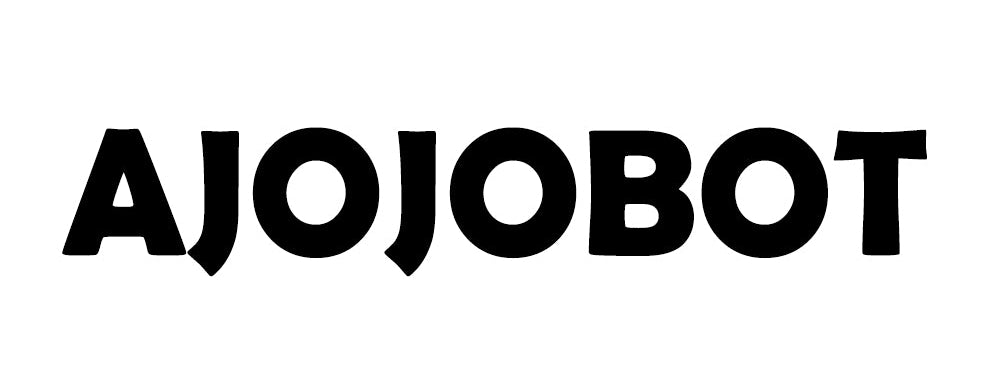🔋 Understanding Tesla’s V2L Technology: How It Differs from Other EVs
Before diving into the difference between Tesla’s V2L (Vehicle-to-Load) via the DC fast charge port and how other EVs discharge power, it’s important to understand what V2L actually means.
🔄 What Is V2L and How Does It Work?
Vehicle-to-Load (V2L) is a technology that allows an EV to output power to external devices by converting the car’s DC (Direct Current) battery power into AC (Alternating Current) — the kind used by everyday electronics.
Many EVs on the market today, such as Kia, Hyundai, BYD, and Cybertruck, come equipped with built-in bidirectional onboard chargers (OBC). These chargers make it easy for the vehicle to directly output AC power, allowing users to simply plug into the car using a basic power strip — no extra hardware or converters needed.

⚡ Why Tesla Needs a Different V2L Approach
Tesla vehicles like the Model 3, Model Y, Model S, and Model X do not include a bidirectional OBC. This means they cannot support V2L through a standard AC outlet or adapter.
To bridge this gap, AJOJOBOT developed the PowerShare F2 — a DC-based Tesla V2L Discharge Device. This specialized product is designed to extract DC power directly from Tesla’s fast-charging port and then convert it into safe, usable AC power using a built-in high-performance inverter.
Unlike other V2L systems that rely on internal conversion, Tesla’s approach requires an external inverter system — which increases complexity, cost, and size but makes V2L possible for Tesla drivers.

🧠 How Other EVs Discharge Power via V2L
For EVs with bidirectional onboard chargers, such as Hyundai IONIQ 5, Kia EV6, or BYD models, the process is more integrated:
-
DC power from the battery is converted into AC by the OBC.
-
The AC power is then delivered to external appliances via an AC V2L output connector.
-
The connector simply acts as a conduit; the actual conversion happens inside the car.
In contrast, Tesla’s V2L discharge process requires:
-
Direct DC extraction from the vehicle’s fast-charging port
-
Conversion to AC via PowerShare F2’s internal inverter
-
Output through universal sockets for home backup or outdoor use
That’s why the Tesla V2L Discharge Gun is more robust and technically advanced — it needs to include the entire AC inverter system externally, making it bulkier and more expensive than other V2L adapters.

🔌 Charging Standards and V2L Compatibility
Let’s break down the charging standards:
-
NACS (North American Charging Standard) integrates both AC and DC charging in one connector — which can confuse users.
-
CCS2 (Europe) and GB/T (China) use separate ports for AC (slow charging) and DC (fast charging).
Only vehicles with bidirectional OBCs can use AC ports like Type-2, J1772, or GB/T AC for V2L.
Tesla vehicles, lacking this, must use CCS2 or GB/T DC ports to discharge power.
Even though the NACS connector looks identical for AC and DC, Tesla vehicles manage AC and DC internally through separate systems — unified externally via a single port.

🚗 Key Takeaway: Tesla’s V2L Works Differently
Tesla’s V2L solution, such as the PowerShare F2 Discharge Box, is DC-based and relies on an external inverter, unlike other EVs with bidirectional onboard chargers that handle conversion internally. This makes Tesla’s V2L discharge solution unique — and why a specialized Tesla V2L Power Discharger is essential.

Need to power your home, go off-grid, or take Tesla camping?
Explore the PowerShare F2 — the world’s most advanced Tesla V2L device.

Share:
🔌 Why AJOJOBOT F2 Is the Leading Tesla V2L Discharge Device 🔋
What can Tesla's PowerShare be used for? What is the difference between V2L, V2V, V2H and V2G?